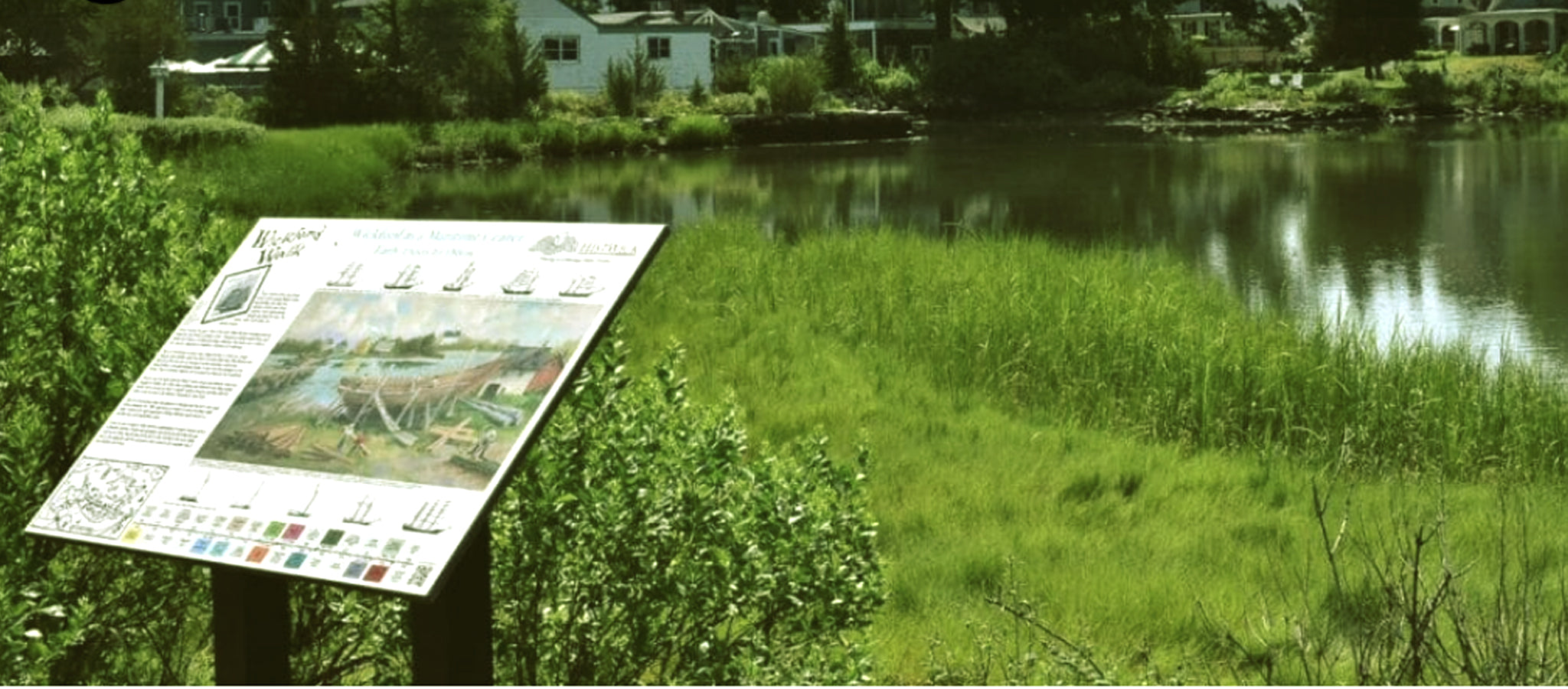
Historic Wickford, Rhode Island
......
What Wickford Village is now:
Wickford Village is a family destination all year long! Wickford Village provides picturesque streets lined with one-of-a-kind family owned and operated shops featuring jewelry, houseware, clothing and more. You’ll also find galleries, antique shops, cafes, and restaurants nestled among the beautifully maintained Colonial and Federal period homes, churches and gardens. You can watch the boats go by in the harbor, seasonally rent a kayak, paddle board or boat. Wickford offers something for the whole family in every season. Even your dog will enjoy a refreshing drink of water outside the many shops in our pet friendly village.
Come to Wickford, RI and experience the best the New England shoreline has to offer!
......
Where Wickford Village came from:
The village of Wickford was originally the vision of Lodowick Updike, grandson of one of North Kingstown’s first settlers Richard Smith, and heir to the vast Smith/Updike landholdings known as Cocumscussoc; a stretch of land measuring approximately nine miles long by three miles wide. Updike platted out his future seaport town in 1709 in a fashion reminiscent of colonial Boston and began selling the lots, each “with three rods of frontage” almost immediately. The village grew slowly at first and was the subject of much real estate speculation, with as many as 20 homes constructed by the time of the Revolution, many of which still exist.
Upon Updike’s death the remainder of the unsold land in the village was left to his 5 daughters who quickly resold it to members of the prominent Phillips and Fowler families who completed the vision begun by Updike – and also realized the large profits that he envisioned. Wickford escaped the Revolutionary War largely unscathed. During the war, it became a haven for prominent Newport citizens’ intent on escaping the British occupation of their seaport town. After the War development in Wickford, as in the rest of the region, was slow, but by the 1790′s a resurgence of the coastal and West Indies trade and a rapid expansion of fishing in the region fueled a period of growth as a port and shipbuilding center.
Additionally numerous taverns, shops, and support service businesses were established in the village as a result of its prominence as a trading center; second only during this period to Newport. During this timeframe, the village also became the cultural, economic, social, religious, and civic center of not only North Kingstown, but much of southern RI as well. A number of churches, banks, meeting halls, and governmental buildings were established here during the 19th century. Additionally in 1800, the Washington Academy was founded here as a school to train young men as educators to satisfy the burgeoning demand for public education. This institution was created by leaders of not only North Kingstown, but Providence and Newport as well. Its first president was Samuel Elam a prominent New York and Newport businessman who kept a summer estate here in North Kingstown near the small mill village of Annaquatucket. The beginning of the end of Wickford’s boom period occurred when the village was bypassed by the Providence and Stonington Railroad in the late 1830′s and by a shipping war with Providence brought about by high wharfage prices set by overly ambitious waterfront property owners which dissuaded major shipping traders such as Brown & Ives from utilizing Wickford. This influx of new money, jobs, and visitors revitalized the village at a critical juncture in its history, as many of the old colonial-era homes were falling into disrepair by that time. Additionally, the construction of the Sea View Trolley Line some two decades later, funded largely by wealthy Narragansett casino owners' intent on providing a easy way to bring Rhode Islanders to their resorts and beaches, continued the revitalization initiated by the Newport Line. The next phase of the village’s history is marked by two events which occurred one after another. First, the great Hurricane of 1938, wreaked havoc on the village and ruined its resident’s wells thereby initiating the construction of a municipal water system and secondly the rapid paced construction of the military complex at Quonset / Davisville caused an influx of residents, both for construction and then base staffing purposes, that overwhelmed the local housing stock and brought about the carving up of many of the villages larger homes into apartments to handle the added people.
Wickford has survived largely intact due to these unique circumstances and as a result of the groundbreaking use of comprehensive historic zoning pioneered by local residents united as The Main Street Association in the 1930′s.
Historic Landmarks
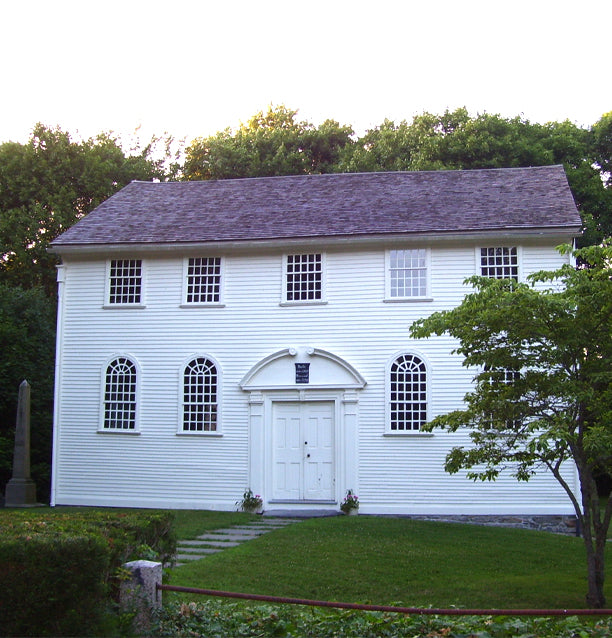
Old Narragansett Church
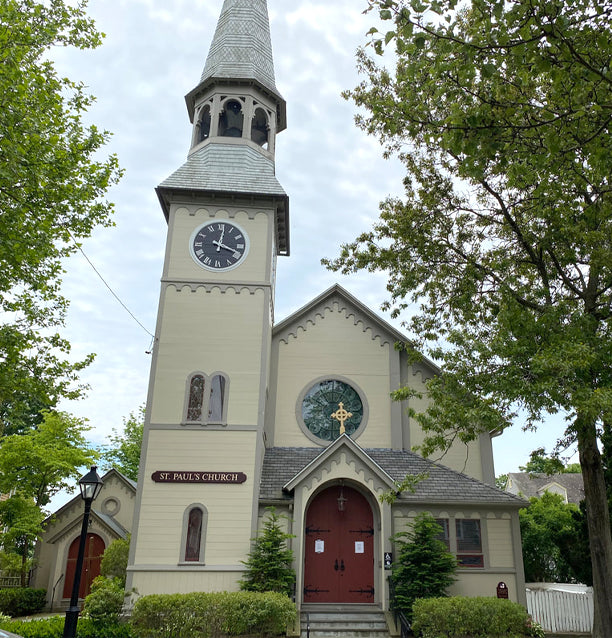
St. Paul's Church
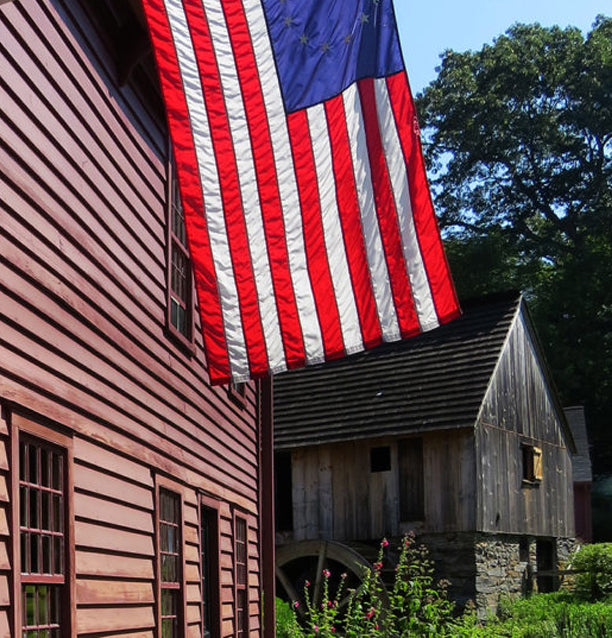
Gilbert Stuart Birthplace & Museum
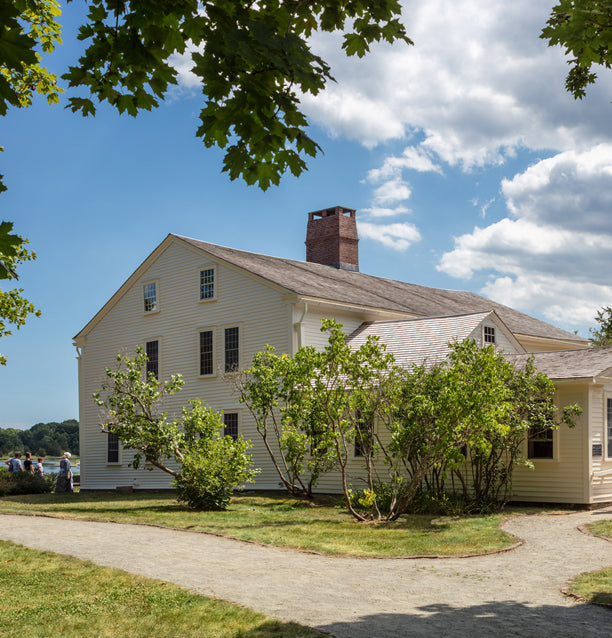
Smith's Castle
- Choosing a selection results in a full page refresh.

